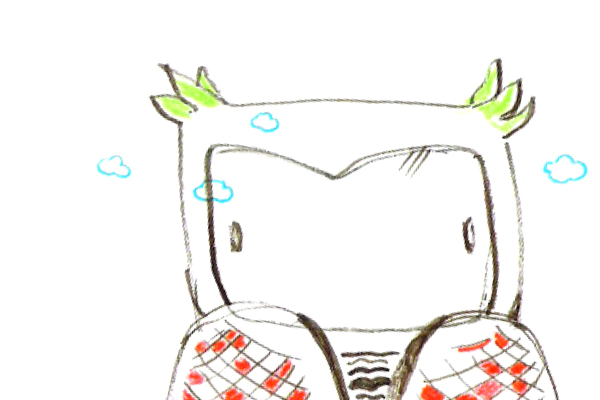Metabolic Toys
This workshop explores how products are part of the ecosystem too as they take shape, transform, decay and turn into new resources. Students will take up the challenge of tracing toy lives, playing with plants, and designing for transformation and benign toy deaths.
The processes of mass production – manufacturing, packaging, and shipping – are resource intensive. Great amounts of materials and natural resources are used and wasted in the creation of products, which are soon hazardous wastes in landfills and incinerators. These critical phases of creation and disposal in every product’s life remain invisible to consumers. Toys are one of the most common products to follow this linear path, and their lives continue to shrink. While former generations held on to their bears, bricks, and tops, today’s toys hardly survive a season: they are abandoned as children grow bored, or as they break and are rendered useless.
With:
Ruttikorn Vuttikorn (Bangkok) and Julia Werner (Milano)
At:
School of Architecture and Design, King Mongkut’s University of Technology Thonburi, Bangkok
Naba Design School, Milano
Year:
2008 – 2009



